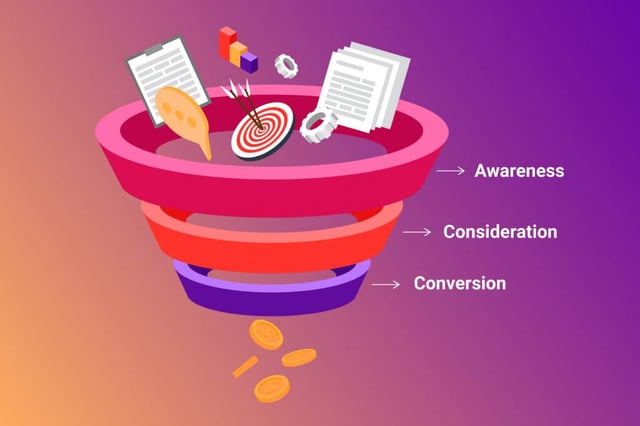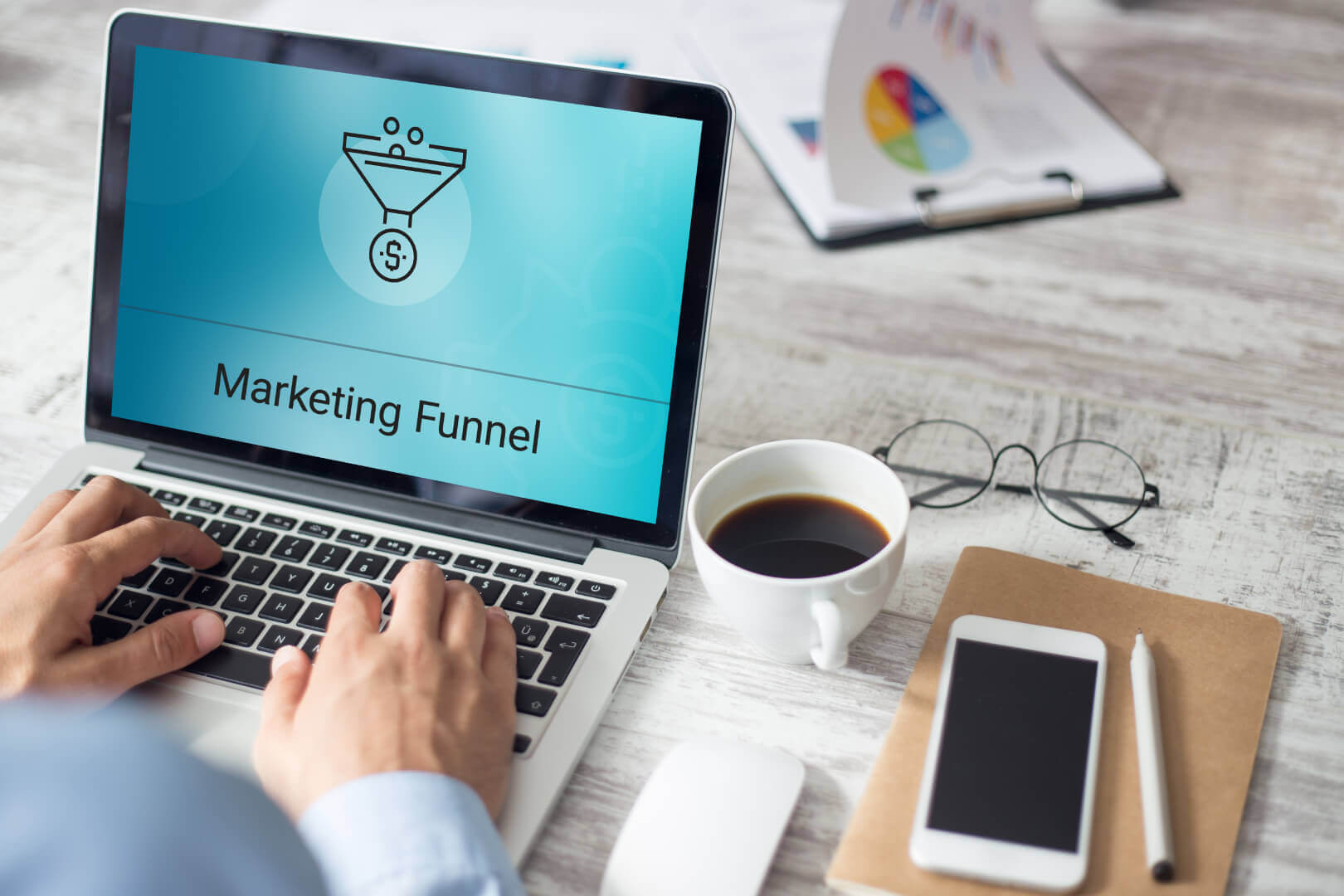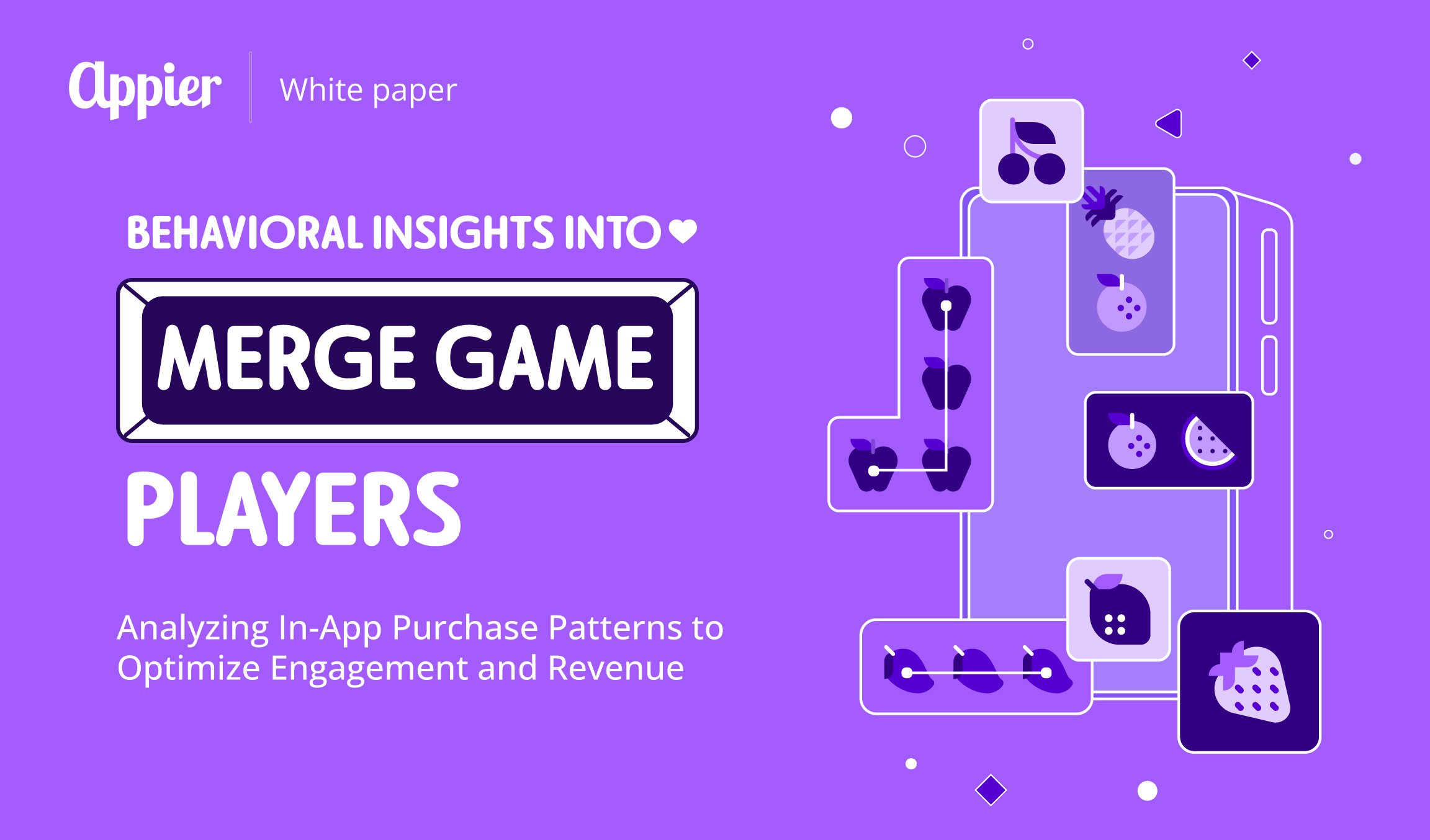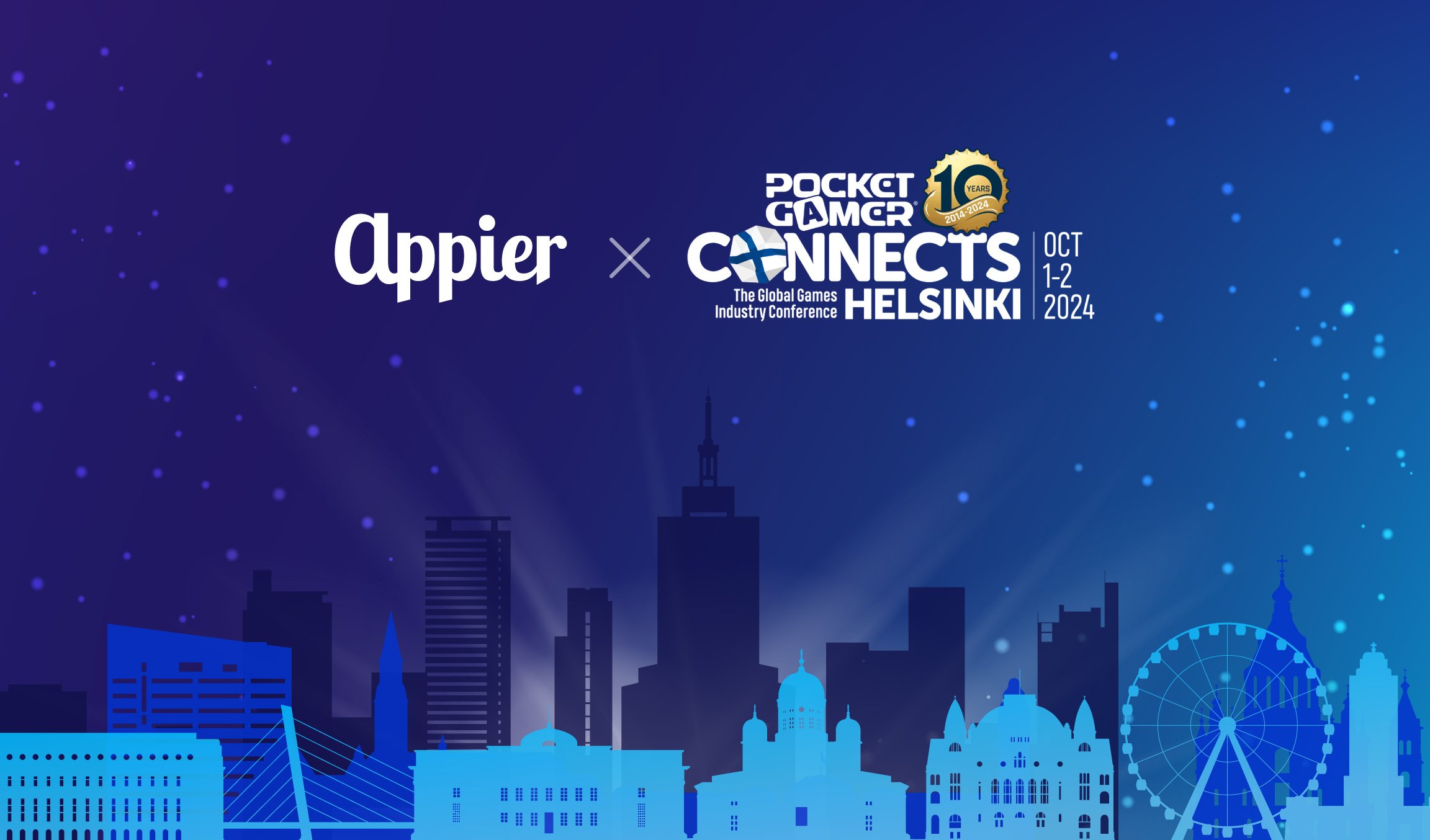6 min read
Getting conversions in today’s competitive market is tough. The latest stats show that as of November of 2021, nearly 70 percent of digital shopping carts and baskets were abandoned without checking out. One of the reasons for this is that many marketers still focus on a sales-heavy marketing strategy, which is all about pushing people to buy.
The brands that do better are the ones who implement a full-funnel marketing strategy. So, what is a full-funnel strategy and how can you build a winning one?
A full-funnel marketing strategy involves tailoring your marketing messages to the particular stage of purchase a customer is currently at. Rather than focusing only on sales, it considers the entire 360-degree customer journey and attempts to nurture relationships and build better brand experiences.
A good full-funnel strategy is heavily informed by data. This data, which is collected from a range of internal and external sources, enables you to tailor and optimize your efforts at each stage of the journey. The results are more sales and a greater ROI.
Steps to Building Your Full-Funnel Marketing Strategy
1. Define Clear Objectives
Identify specific goals aligned with your business objectives for each stage of the funnel. Whether it's increasing brand awareness, driving engagement, or boosting conversions, clearly define what success looks like for your marketing efforts.
2. Understand Your Audience
Conduct thorough research to understand your target audience's demographics, preferences, behaviors, pain points, and motivations at each stage of the funnel. This insight will help tailor content and messaging to resonate with their needs and interests.
3. Create Compelling Content
Generate persuasive content tailored to guide potential customers towards making a decision. This includes providing detailed information, comparisons, testimonials, and compelling calls-to-action to encourage conversions.
4. Optimize User Experience (UX)
Ensure a seamless and user-friendly experience across all touchpoints. From website navigation to mobile responsiveness and content accessibility, prioritize a positive user experience at every stage of the funnel.
5. Implement Marketing Automation
Use automation tools to streamline processes, nurture leads, and deliver personalized content based on consumer behavior and engagement levels. Automation helps in maintaining consistent communication and guiding prospects through the funnel.
6. Measure and Analyze Results
Regularly track and analyze key performance indicators (KPIs) specific to each stage of the funnel. Metrics like conversion rates, click-through rates, engagement metrics, and return on investment (ROI) provide insights into the effectiveness of your marketing efforts.
7. Iterate and Optimize
Based on data-driven insights, continually refine and optimize your strategy. Test different approaches, channels, and messaging to improve performance and adapt to changing consumer behaviors.
By integrating these steps into a cohesive strategy, businesses can effectively engage consumers at every stage of the funnel, nurture leads, and drive conversions while continuously refining their approach for optimal results.
3 Stages of the Marketing Funnel
Here we will take a look at each stage of the marketing funnel, what they are, and what you should be focusing on.

Stage 1: Awareness
This is the top of the funnel. At this stage, customers are experiencing pain points but aren’t yet aware of your brand or product. The focus here is to draw attention from potential customers through engaging, educational and easy-to-discover content that caters to their needs.
Stage 2: Consideration
This is the middle of the funnel. At this stage, you have captured your prospects’ attention and they are actively seeking or interested in information that helps solve their problem. The focus here is on building trust and continuing to engage them with relevant marketing messages, so they think about you over the competition.
Stage 3: Conversion
By this stage – the bottom of the funnel – prospects are already familiar with your brand and have been receptive to your brand communications. They are now weighing up their options. The key here is to make it easy for them to say yes, click and complete the sale.
So, when you look at the marketing funnel holistically, you should cast your net wide to capture potential customers at the top of the funnel. As you move down the funnel, your efforts should become more focused and targeted as you collect data and learn more about your prospective customers. \
Effective Tactics for Each Stage
To create a winning full-funnel marketing strategy, here are some proven tactics you can easily implement in your business. Not only can they boost performance, but they can also encourage sustainable growth.
1. Use video ads to generate awareness
Video advertising is one of the most effective ways to generate awareness. Not only is one-third of all online activity spent watching video, but videos also generate higher engagement, with prospects many times more likely to click a video ad than a banner ad.
As today’s customer journeys are fragmented, the key to success in video advertising at the awareness stage is reaching the right people on the right channels. By knowing your target audience, as well as and what their journey looks like as they switch between screens, you can reduce ad spend and boost impressions.
Artificial intelligence (AI) tools can help you map which devices a customer is using and create behavior profiles based on their interests, viewing patterns and purchase history for effective video ad targeting. User-generated and how-to video content works well at this stage.
2. Leverage personalized engagement to drive consideration
At the consideration stage, focus on building desire for your brand. An effective way to do this is by sending interactive, personalized marketing messages which deliver engaging and informative content based on your prospects’ behavior and interests.
Tailor your website content for first-time visitors based on their interests. Use machine learning (ML) to analyze legally compliant third-party data to discover what their interests are outside your channels in order to create personalized website content.
You can also leverage hyper-personalized EDMs and push notifications to increase open rates and engagement. This involves combining data from your owned channels with data from external channels to better understand customer behavior and interests and develop a holistic customer view. This insight will enable you to develop relevant, targeted and timely recommendations to drive consideration.
3. Focus on high-value customers for more conversions
To drive action at the conversion stage, segment your warm prospects by demographics and behavior and continue to deliver highly-personalized product recommendations. To reduce overspend, focus your efforts on the most valuable customers by using deep learning (DL) tools to identify your best segment combinations and rank them according to the likelihood to purchase. Next, use natural language processing to better understand the interests of your most valuable customers, and then leverage DL to predict which products are most likely to drive conversions.
Some customers might be on the edge of purchasing but just need a little push. You can use intelligent promotional marketing to encourage them to check out. Use advanced ML tools to help you identify who these hesitant shoppers are, while excluding window shoppers and guaranteed buyers. You can then target them with relevant offers and coupons, speeding up conversions while keeping ROI down.
By following this full-funnel approach, you can nurture prospects and existing customers from the stage of awareness to consideration and conversion. Importantly, don’t stop once a conversion has taken place. Turn the funnel full circle by measuring, evaluating and using your data to inform your future efforts.



-1.png?width=3000&height=1834&name=SuperLike_%E5%B7%A5%E4%BD%9C%E5%8D%80%E5%9F%9F%201%20(1)-1.png)